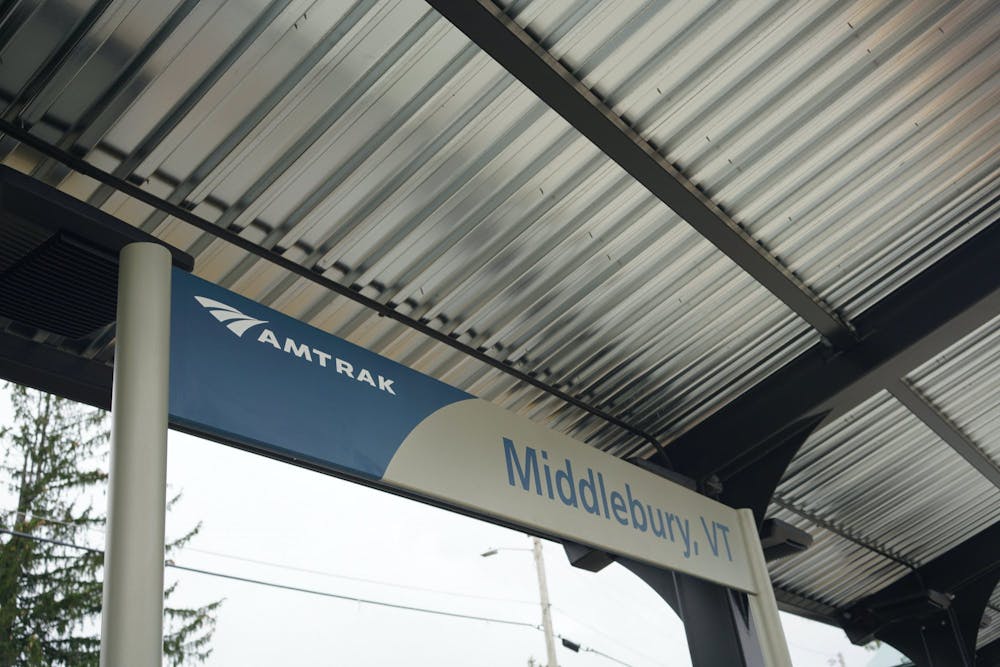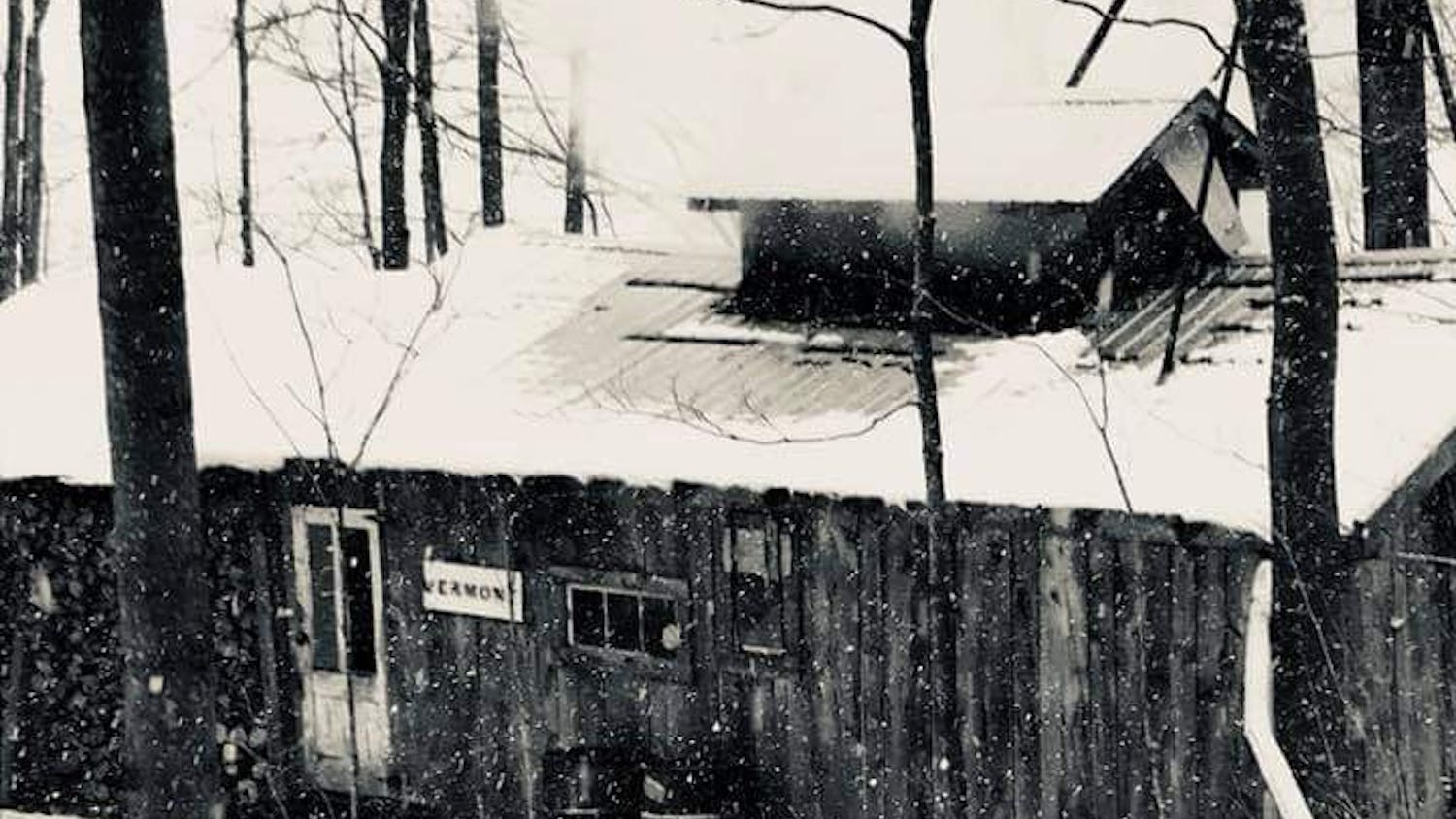Starting in July, Middlebury will begin receiving service as a station on Amtrak’s Ethan Allen Express train line, for the first time since passenger rail service ceased operating in the area in 1953. The service, originating from Penn Station in Manhattan, now includes Vergennes and Burlington after stopping in Rutland for over 20 years. While the schedule hasn’t been finalized, a round trip — about seven and a half hours each way — will run seven days a week between Middlebury and Penn Station. While the service’s official start is months away, the train has already been on the tracks in recent months for qualifying runs and to assess the route.
Vermont Translines already provides two Amtrak services in Vermont — the Vermonter, running from St. Albans to Washington, DC, via Essex Junction, Waterbury, Brattleboro and New York Penn Station, as well as the Ethan Allen Express running currently from Rutland to Castleton and Penn Station.
The increasing presence of Amtrak passenger trains in Vermont introduces significant safety risks mainly due to their differences from freight trains, according to Toni Hamburg Clithero, state coordinator of Operation Lifesaver of Vermont, Inc., and Amtrak grants program manager. While freight trains travel on jointed rails that produce a sound each time the train hits a joint, Amtrak intercity passenger rail trains travel on quarter-mile long continuously-welded rails that do not produce noise as loud or as often.
“The service of course is faster than freight, it’s quieter than freight, and it’s probably going to be running more in the daytime hours than we necessarily have with freight. The bottom line is, you don’t want to come in contact with either kind of train, they’re faster and quieter than you think — and that’s especially true with the passenger trains,” Clithero said.
Freight trains are more common in Vermont, so many locals may be familiar with the precautions necessary around these trains and experience a false sense of security around the new tracks. According to Clithero, the quiet whooshing sound of the Amtrak trains can be heard primarily behind and beside the train rather than in front, and can be mistaken for the sound of wind in the trees. The risk is compounded by the way trains appear from afar.
“When you look at a train approaching, they’re such large objects that they look like they’re moving a lot slower than they are, like when you see airplanes hanging in the air as they’re starting to land, it’s the same kind of phenomenon, so I really want people to understand that they need to make really smart choices around tracks and that they should never try to beat a train,” Clithero said.
Clithero cited reports of college students and other Vermonters walking, jogging or skiing along the tracks or using them as a shortcut. Under 5 VSA s. 3734-Trespassing, all such actions are illegal and punishable with a $200 penalty. The tracks are private property, and the only lawful place to cross is at a designated crossing, most of which are public but some of which are private and farm crossings. The trains also only sound their horns at public crossings. It is also important to ensure that there is plenty of room on the other side of a crossing with a traffic signal present so that cars don’t get stuck on the tracks. Clithero emphasized that even when tracks appear innocuous to cross, the only place that is legal and safe to cross is at a designated crossing.
Tragedies still occur often and are very much a risk in Vermont, especially considering many may be unaware of the new service and the fact that the train is already on the tracks at random times. Additionally, even during normal service, the train can be delayed and may run at unexpected times.

“Someone was killed in New York State by the Ethan Allen Express just a couple of weeks ago, a tragic reminder that every three hours a person or vehicle is struck by a train in this country,” Clithero wrote. “So it happens a lot more often than people might think.”
At each official crossing there is an Emergency Notification Sign listing the crossing number and phone number of the train dispatcher for quick use in the case that a vehicle or person is stuck on the tracks.
Operation Lifesaver Vermont is a state partner of Operation Lifesaver, Inc., a national nonprofit providing educational training and materials in rail safety. As part of spreading awareness, Clithero encourages people to sign Operation Lifesaver’s online rail safety pledge at oli.org, with the hope that Vermont might lead the way in pledging to stay safe around trains.
“We want zero tragedies in Vermont, and so we need everyone’s help to get there,” Clithero said.

Maya Heikkinen '24 (she/her) is a Copy Editor.
She has previously served as an Editor at Large, News editor, copy editor and staff writer. Maya is majoring in Conservation Biology with a minor in Spanish, but is also passionate about writing. She is from Orcas Island, WA, and loves being immersed in forests, running/hiking, gardening, and hanging with plants and cats. In addition to The Campus, she has been involved in SNEG and the currently extinct WildMidd.




